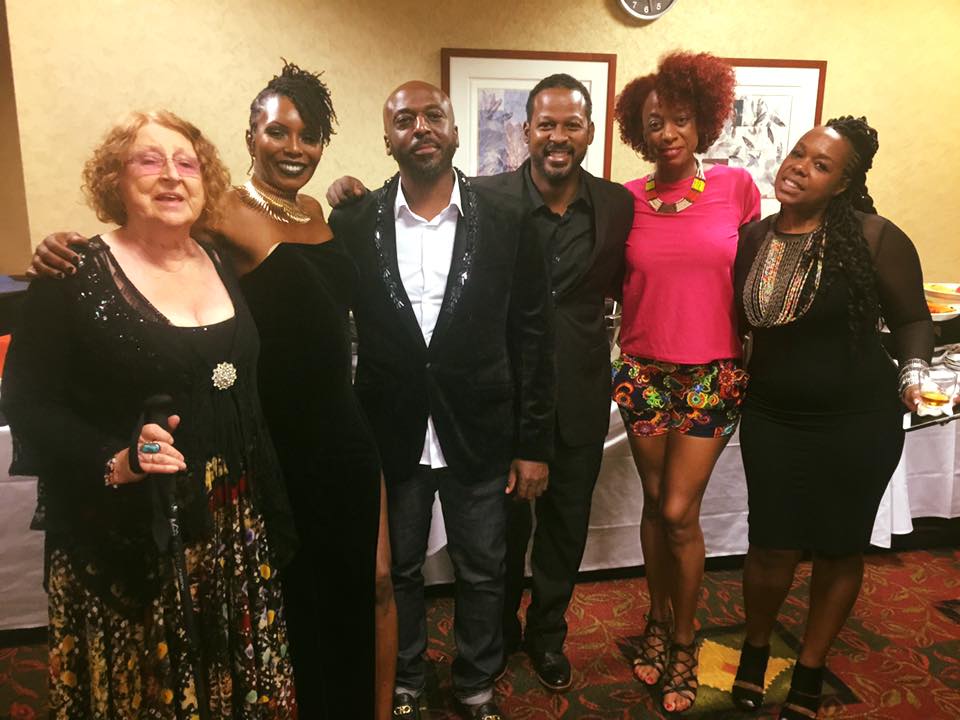A Little Sugar in My Bowl

Ruby Bouie Johnson gathers wisdom from sexologists and sex therapists.
“I want a little sugar In my bowl I want a little sweetness Down in my soul I could stand some lovin’ Oh so bad Feel so lonely and I feel so sad”
Nina Simone
There is an ache and ravenousness in music that expresses an emotional hunger. The insatiable music of Nina Simone’s song “A little sugar in my bowl” suggests unrequited sexual need and desire. The yearning expressed in the lyric, “Feel so lonely and I feel so sad,” summarizes the uneasiness from a person experiencing the unmet need for desire. This unease can keep someone awake at night tossing and turning seeking solution and understanding. I say this because of the emails I receive at 1 a.m., 2 a.m., and 3 a.m.
As sex therapist, it is not uncommon to receive emails seeking answers to “where has the desire, passion, and intimacy gone?” The person speaks and writes with exasperation about the frustration, confusion, and longing for connection and affirmation from their partners. Unfortunately, those expressed desires for affection are met with aloofness, dismissiveness, and unresponsiveness. When the harmony within the relationship is disrupted, disenchantment, disengagement, and avoidance follows. At this point, partners seek help for their relationship.
Your partner’s response to your desire matters
James Wadley PhD, LPC-S, sex therapist and relationship expert in Philadelphia, defines desire as, “… simply the need or want of something.” He continues, “Desire does not infer that an action will take place to satisfy a want or need.” The perceived lack of action or lack of response to a partner’s expressed need may evoke a lack of confidence within the relationship – this deters intimacy. Therapists, sexologists, and clinicians continuously search for effective methods and techniques to empower their clients to promote enhanced intimacy. Those professionals in the sexuality field recognize a partner’s response to the expressed desire for validation, affection, and understanding is essential to build intimacy in the sexual health of a relationship. Responsive partners are communicating a level of understanding and intimate connection that demonstrates an ability to meet the needs of the relationship.
Harmonious Relationships
This reasoning aligns with the field’s contention that passion is fueled by cues of affection and understanding; with the relationship this shows mutually reliable support and promotes the priority each person’s personal needs—one of the major functions of close relationships.
Michael Salas, MS, LPC-S, CSAT, CST, is a certified sex therapist who works daily to help clients build healthy sexuality. Mr. Salas emphasizes that desirability is the responsibility of each person. “Many of us tend to think that the other person that we are with has the responsibility of making us feel a certain way. However, we ignore our own role in the responsibility that we have in opening doors that will help us feel that way.”
Relational harmony is disrupted when the perceived emotional, mental, and verbal cues are not present. Lack of presence for partners may lead to sexual avoidance. Within practice, this an essential exploration and important element to focus on within relationships. The complaint from one partner is that their partner rejects and “never wants sex.” The other partner’s immediate response is “All you want from me is sex.”
“When you are an object to your partner rather than a person, desire is typically low. I desire you as an object rather than a human being.” Mark Bird, PhD, LMFT-S, author of an upcoming book on problematic sexual behavior and connection.
What are some suggestions for creating more desirability in relationships?
Some Ideas?
Michael Salas believes “personal responsibility is key in developing or rejuvenating desire.” Cultural sexual scripts pigeon hold the proactive (initiator) and the reactive (receiver) into roles. The reactive role expects the attentiveness, acknowledgment, and validation from the actions of the proactive role. These unmet expectations are barriers. Once these barriers are exposed, the creative and collaborative process can begin. Christopher Smith, doctoral student in sociology (dissertation covers consensual non-monogamous trends in current and historical context) at Howard University, says, “When I think of desire, it is beyond physical desire. It is a simple as wanting a conversation or an interaction.”
It doesn’t take much. Simple, yet, powerful suggestions:
1. Being present. Conversation and time with a partner is about holding space for intimacy. The challenge comes when the voice inside your head is louder than the voice of the person you are having the conversation with at that moment. Being present moves beyond physically holding space. Intimate space is presence mentally, emotionally, and intellectually. Being present with your partner allows for you to pay attention to your partner.
2. Curiosity. When something is interesting, it grabs one’s attention. Being inquisitive about your partner creates a mutual connection of sharing and giving. People evolve based upon experiences, challenges, successes, and connections. Learn something new about your partner daily. Pay attention to the person you love.
3. Intentional interaction. Intention is the offering of time, commitment, and follow through. Prioritizing your relationship is about making space for its continued growth. Fondness and admiration is shown through the commitment to that growth. Following through with your commitment is intentionality.
4. Vulnerability. Allowing your partner to see the authentic person is a very loving act. The façade is about protecting self from rejection and abandonment. Believe your partner when they say “I care and love you.” Consistency and congruence assists with intimacy.
5. Willingness. Be open to trying things your partner wants, and never judge or shame them for their desires.
Keep the sugar in your bowl.
This post originally appeared on Huffington Post.






Great post. Thank you.